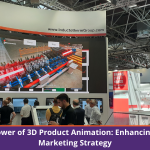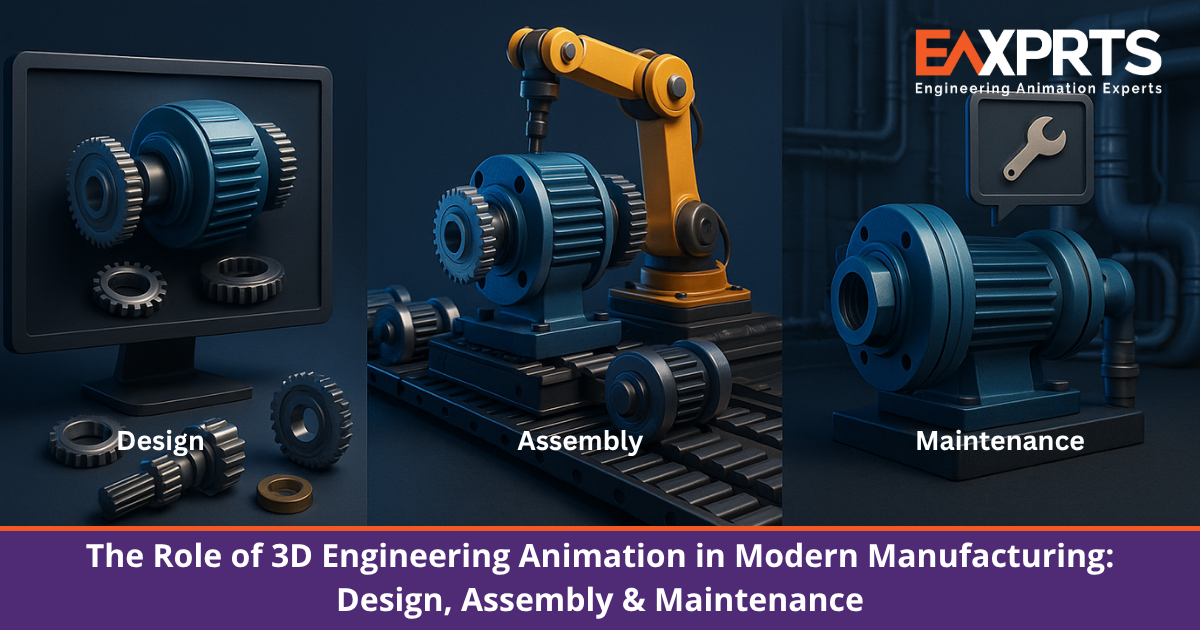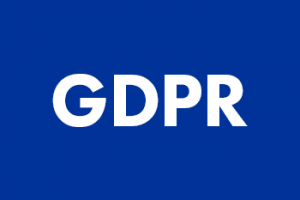
The Power of 3D Product Animation: Enhancing Your Marketing Strategy
July 10, 2025
Bringing Ideas to Life: The Secret Ingredient Behind Modern Brand Success
July 17, 2025The Role of 3D Engineering Animation in Modern Manufacturing – Design, Assembly and Maintenance
In today’s era of Industry 4.0, manufacturing is undergoing a digital transformation, with advanced visualization technologies playing a pivotal role. From intricate machine designs to precise assembly sequences and critical maintenance procedures, achieving true clarity is a constant challenge. But what if you could visualize every interaction and operational detail with perfect precision before a single component is fabricated? Whether it’s aligning stakeholders, training technicians, or validating designs, 3D engineering animation is the tool that transforms complexity into clarity, empowering every stage of your product lifecycle.
What Is 3D Engineering Animation?
3D engineering animation involves creating realistic, interactive visualizations of machinery, processes, and workflows using CAD data and animation software. These animations illustrate dynamic operations, allowing teams to view systems in motion, understand mechanics, and identify potential design or procedural issues. Popular platforms used include Autodesk 3ds Max, Blender, Autodesk After Effects, Adobe Photoshop, Unity, Unreal Engine, and many others. The result: enhanced collaboration, reduced errors, and faster execution.
Benefits Across the Manufacturing Lifecycle
Design Stage:
- Animations provide a clear representation of design intent, making cross-departmental reviews more effective.
- Engineers can use animations to visually validate component fit, accessibility, and ergonomic interaction before prototyping.
Assembly Stage:
- Precise animated guides help technicians follow complex assembly procedures without misinterpretation.
- Enhances safety and speeds up onboarding for new employees.
Maintenance Stage:
- Maintenance animations depict step-by-step servicing and troubleshooting procedures.
- Ideal for predictive and preventive maintenance training, reducing mean time to repair (MTTR).
How 3D Animation Streamlines Manufacturing Training Programs
Traditional training manuals and static diagrams fall short in modern, fast-paced environments.
3D animation enhances:
- Skill development: Trainees, new joiners, vendors, and customers can quickly grasp equipment functions through immersive visuals.
- Standardization: Provides consistent instruction across locations and shifts.
- Safety: Animates hazardous scenarios without real-world risk.
Visualizing Lean Manufacturing: 3D Animation for Process Optimization
Lean manufacturing thrives on clarity, standardization, and continuous improvement.
3D animation supports:
- Process visualization: Visual maps of value streams, material flow, and takt time.
- Kaizen facilitation: Teams easily spot inefficiencies and propose visual-based solutions.
- Culture building: Empowers frontline workers through intuitive visual aids.
Using CAD-to-Animation Pipelines for Precision Assembly Guides
Manufacturers can convert CAD files directly into animated instructions, ensuring accuracy:
- Error reduction: Animations clarify each assembly step and required tools.
- Customization: Animations tailored for roles – from technician to supervisor.
- Scalability: Easily updated as products evolve or production lines change.
Reducing Downtime with Animated Predictive Maintenance Modules
Predictive maintenance relies on timely information delivery.
3D animation enhances this by:
- Visual diagnostics: Animates typical component wear and failure progression.
- Technician guidance: Step-by-step fault resolution, reducing downtime.
Enhancing Shop Floor Communication with Real-Time 3D Visual Aids
Clear communication on the floor prevents costly errors.
Real-time 3D aids:
- Translate complex instructions visually for multilingual teams.
Case Studies and Real-World Applications
Industries like automotive, aerospace, and energy have leveraged 3D animation to:
- Decrease machine downtime by 30% through animated maintenance training
- Reduce onboarding time by 50% with interactive SOP animations
- Improve safety compliance using risk scenario animations
The Future of 3D Animation in Manufacturing
The next wave includes:
- WebXR integration (VR/AR/MR) for immersive training and digital twins
- Real-time rendering for smart factory visualization
As Industry 5.0 brings a human-centric focus, 3D animation will support personalized, adaptive training and enhance man-machine collaboration.
Conclusion
3D engineering animation is not just a communication tool, it’s a strategic asset in modern manufacturing. It optimizes design, ensures accurate assembly, streamlines maintenance, and fosters a visually fluent shop floor culture. Manufacturers embracing this technology will gain a competitive edge through better training, faster time-to-market, and improved operational efficiency.
Start identifying key areas in your operation where 3D animation can drive the most value. Contact our team for a consultation or explore our animation solutions for manufacturing.
Talk to us today! Reach us on sales@eaxprts.com



